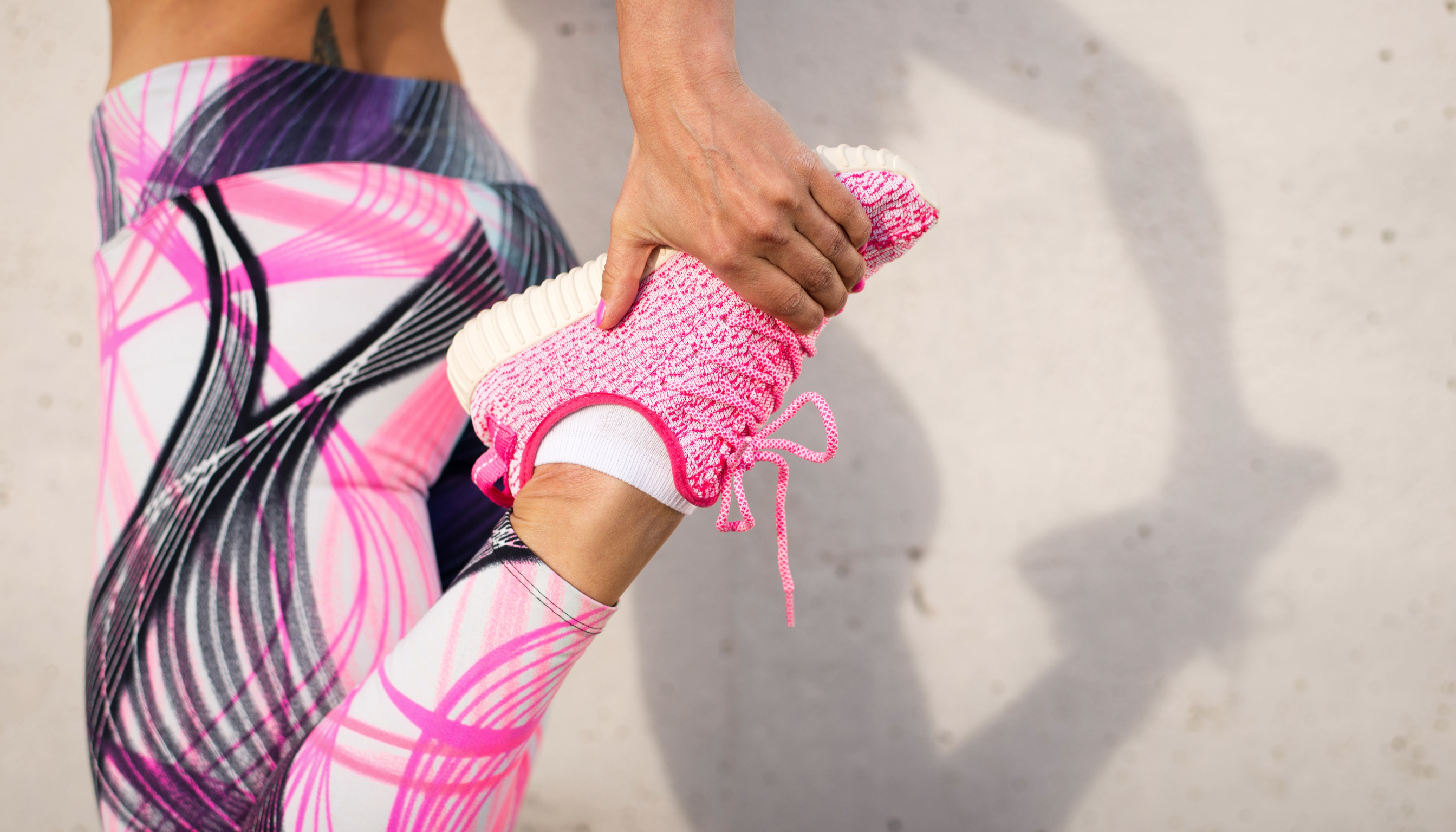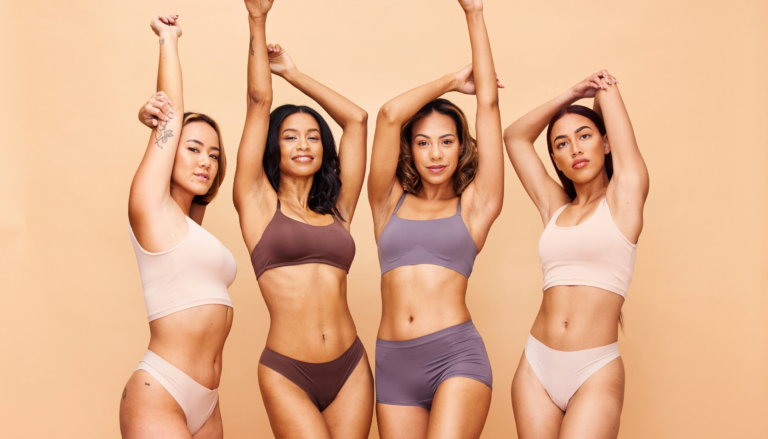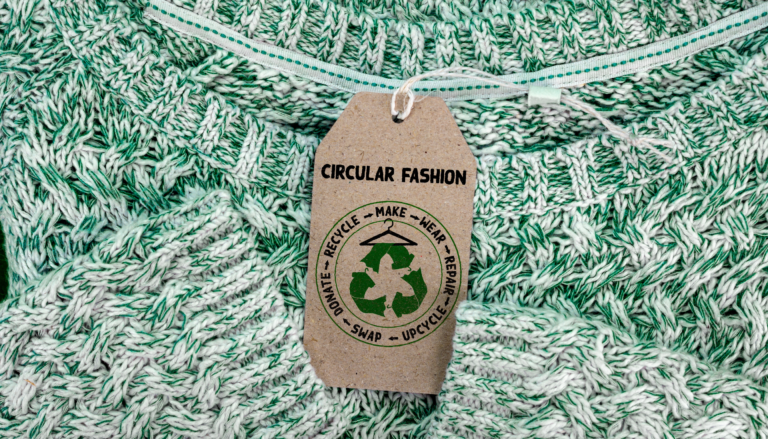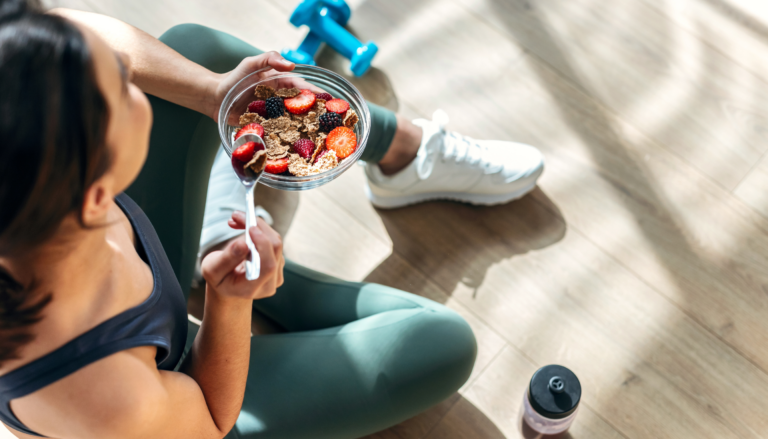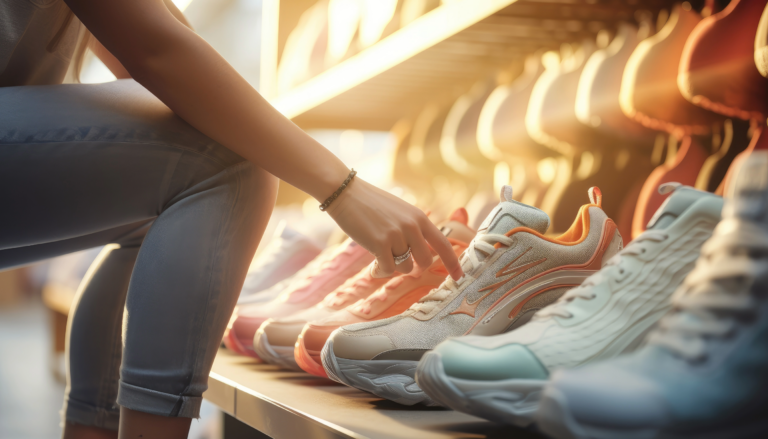The Comfort Revolution: How Athleisure Became Today’s Hottest Fashion Trend
Athleisure, the combination of athletic and leisure apparel, has taken the fashion world by storm. This hybrid style offers the ultimate blend of comfort, functionality, and aesthetic appeal. But how did this trend emerge from humble activewear beginnings to dominate mainstream culture?
From Gym Wear to Streetwear: The Origins of Athleisure
The athleisure movement has rather sporty roots. As early as the 19th century, specialized athletic garments were developed for popular pastimes like bicycling, tennis, and croquet. Women wore loose, flexible “bloomers” to play sports while men donned knickerbockers. But these clothes were solely meant for athletic pursuits, not day-to-day wear.
Athleisure’s more direct ancestry can be traced to the 1970s rise of mass participation in exercise and sports. With working out becoming a widespread hobby, companies like Nike, Adidas, and Reebok started creating apparel tailored to fitness activities. The introduction of synthetic performance fabrics also enabled increased functionality, breathability, and flexibility in activewear.
Initially, yoga pants, sweat-wicking tees, and spandex shorts were seen as strictly gym or workout wear. But over time, their casual comfort drew people to incorporate them into their everyday wardrobes. By the late 1990s and 2000s, stars like Jennifer Lopez, Britney Spears, and Victoria Beckham cemented the crossover appeal by wearing tracksuits and athletic clothing on the streets.
Key Moments in Athleisure History:
– 1970s: Rise of mass participation in sports/fitness
– 1980s/90s: Sportswear brands cater technical apparel to athletes
– 2000s: Celebrities popularize wearing gym/workout clothes casually
The athleisure trend accelerated through the 2010s, as influential figures like Beyoncé, Kate Hudson, and Rihanna launched their own activewear ventures. With endorsements across entertainment, fashion, and social media, athleisure’s profile skyrocketed into a full-blown cultural phenomenon. What began as niche fitness apparel had transformed into a versatile style embraced by all.
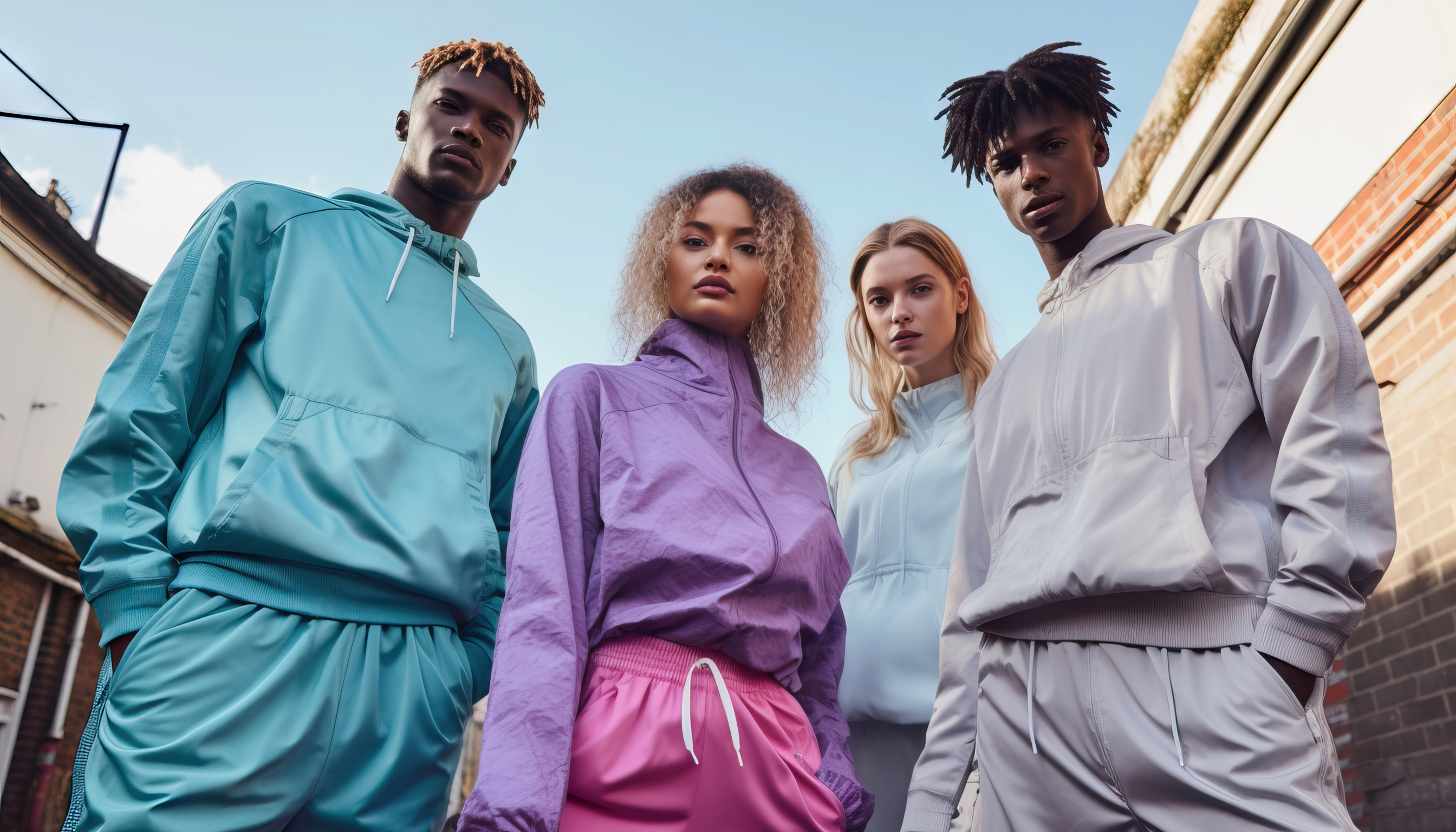
Why Athleisure Has Resonated with Modern Audiences
Several factors have fueled athleisure’s meteoric rise to the forefront of fashion:
The Wellness Movement
Health, fitness, and overall well-being have become pressing priorities for much of society. More people are adopting active lifestyles and want clothing that enables their pursuits. The 2021 State of the UK Fitness Industry Report found that 28% of Brits have a gym membership, with at-home workout participation also hitting new highs.
The growing focus on wellness, especially among young people, has increased demand for stylish, functional activewear that facilitates an on-the-go lifestyle. Athleisure fits the bill as suitable gym-to-street wear.
Blurring Work/Life Lines
Long gone are the days of rigid divides between work and leisure. Today’s world is dominated by remote employment, flexible hours, and always-on work cultures. With more integration between professional and personal spheres, wardrobe choices follow suit.
Athleisure aptly captures today’s more casual norms and need for all-day comfort. Stretchy joggers and breathable tops allow free movement whether you’re commuting, working at a café, or grabbing after-work drinks.
Fashion and Functionality
While athleisure offers critical performance features like sweat-wicking fabric and four-way stretch, it also provides aesthetic sensibility. The best athleisure garments are fashionable, flattering, and inclusive of different body types.
By blending fitness utility with stylistic elements, athleisure proves that comfort and design don’t have to be mutually exclusive. This harmonious fusion makes it more versatile than traditional active or casual wear alone.
Mainstream Acceptance
In the past, athletic clothing carried somewhat of a fashion stigma outside the gym. But thanks to cultural attitudinal shifts and celebrity influence, that perception has dissolved. Today, no one bats an eye at athleisure apparel in social settings.
From high fashion houses like Alexander Wang and Balenciaga launching activewear lines to the everyday person wearing leggings to brunch, athleisure has secured its place as a stylish wardrobe basic.
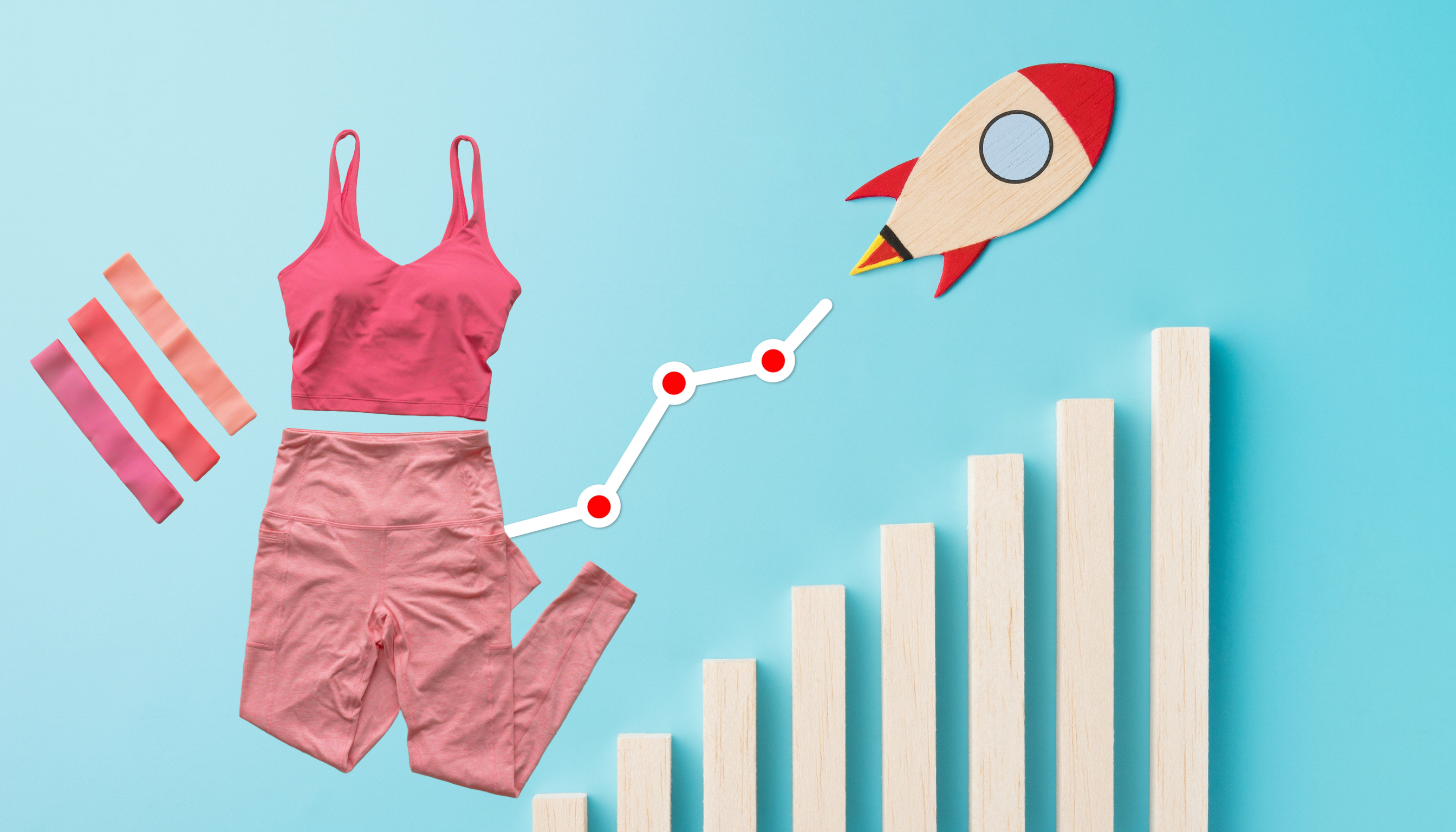
The Explosive Growth of the Athleisure Market
The athleisure industry has expanded at a staggering rate over the last decade. Valued at $155 billion globally in 2018, it is forecast to reach $257 billion by 2026 according to Allied Market Research.
Several brands emerged to dominate this burgeoning market:
– Lululemon – Founded in 1998, Lululemon has become nearly synonymous with athleisure apparel. Their technical yoga and workout gear is just as popular for everyday wear, trademarking their “om” symbol.
– Athleta – Gap’s athleisure subsidiary focuses on high-performance fashion for diverse activities like yoga, running, and hiking. By catering to women’s active lifestyles beyond the gym, Athleta has carved out a leading market share.
– Vuori – This San Diego-based brand burst onto the men’s athleisure scene in 2015. Their focus on sustainability and versatile premium activewear earned them a cult-like following.
– Alo Yoga – Known for its glossy Instagram aesthetic, Alo Yoga built an aspirational community around luxury activewear. Seamlessly blending high fashion with performance, they’ve become athleisure icons.
Athleisure Brand | Year Founded | Valuation |
- Lululemon | 1998 | $54B
- Athleta | 1998 | $2B
- Vuori | 2015 | $4B
- Alo Yoga | 2007 | $700M
Bolstered by both startup disruptors and athleisure offshoots of apparel giants like Nike, Adidas, and Under Armour, the market shows no signs of slowing momentum. Grand View Research estimates it will grow at a 9.1% CAGR through 2030 as sports and wellness continue permeating mainstream culture.
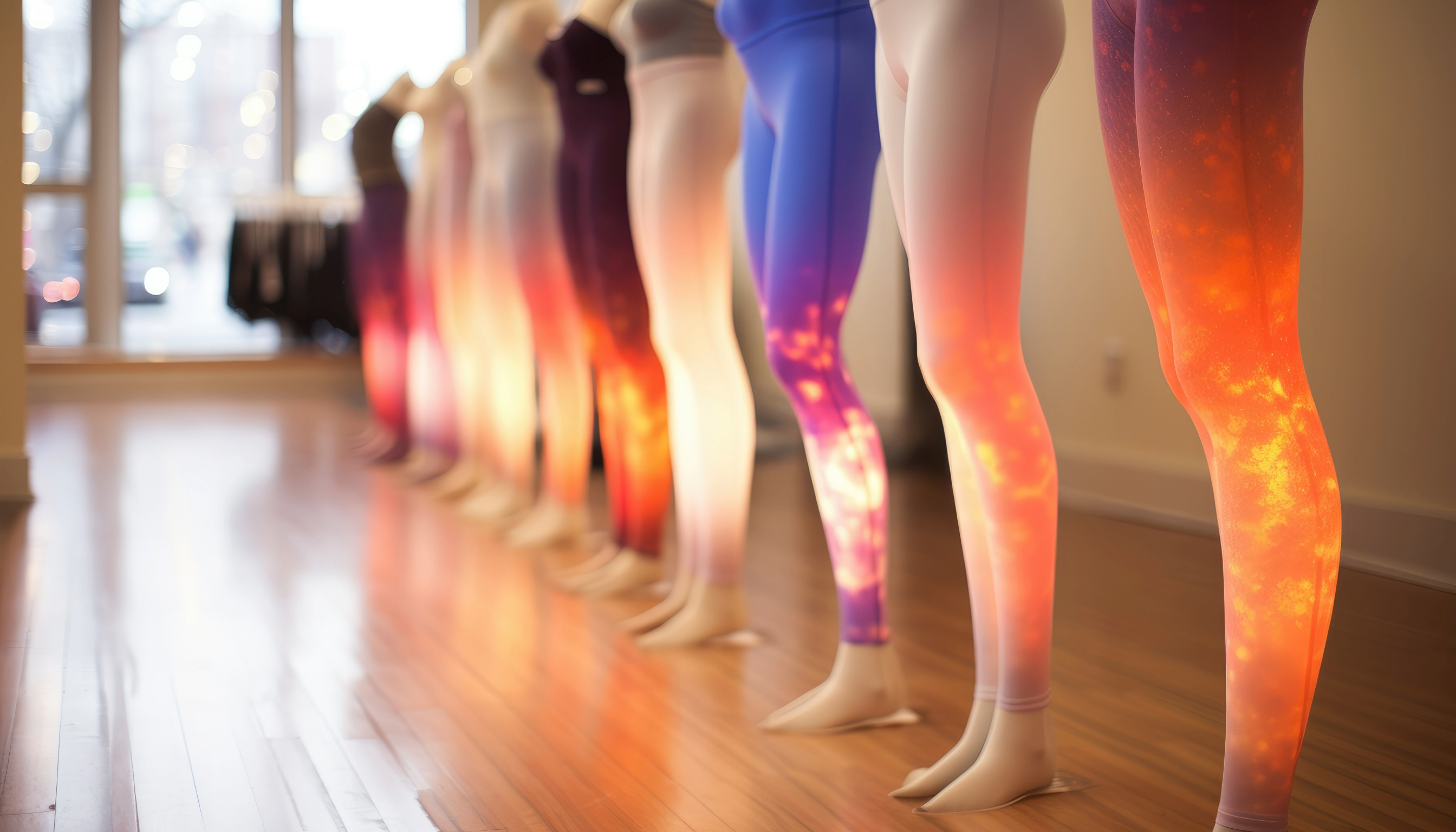
Evolving Trends Reshaping Athleisure’s Future
While athleisure has already undergone a rapid metamorphosis over the years, its shape continues shifting in response to consumer lifestyle changes and priorities:
Premiumization
The athleisure category has extended beyond budget-friendly basics into premium territory lately. High-end collaborations, sustainable materials, and elegant silhouettes cater to more discerning tastes while upholding functionality.
As everyday clothing becomes sportier, luxury houses want part of the action. Brands like Gucci, Louis Vuitton, and Alexander Wang have launched designer activewear collections that retail for thousands of dollars. On the other end of the spectrum, mass-market labels are also elevating athleisure quality to capture aspirational shoppers. Expect elevated fabrics, thoughtful design details, and versatility to define premium athleisure.
Size Inclusivity
While historically skewed towards thin body types, the athleisure landscape is opening up to accurately represent diverse figures. More brands not only offer extended sizing but also design pieces specifically to flatter fuller frames.
Body positivity and radical self-acceptance have ignited societal demand for inclusive activewear. Forward-thinking companies recognize that people across the size spectrum desire both functionality and style too. By expanding its reach to marginalized demographics, athleisure promotes empowerment through comfort and movement.
Sustainability
Today’s consumers increasingly seek out ethical production in their purchases, athleisure included. Brands are responding by incorporating recycled materials, organic textiles, non-toxic dyes, and other eco-friendly practices.
The very nature of athleisure also lends itself to sustainability. Since the garments integrate seamlessly across activities, their intrinsic versatility and longevity minimize waste. Choosing high-quality sustainable athleisure is an investment in both environmental health and cost-per-wear over fast fashion.
Fusion with Streetwear
Streetwear and athleisure convergence will shape future trends. As leisurewear becomes sportier, athletic brands embrace hypebeast and urban aesthetics. Think chunky sneakers meeting running tights or anoraks fused with moisture-wicking tees.
By blending these two casualwear pillars, fashion derives inspiration from multiple facets of youth culture. Skater kids and gym rats unite over laidback pieces equally at home in the half pipe or HIIT class.
Here are some potential frequently asked questions (FAQs) about athleisure:
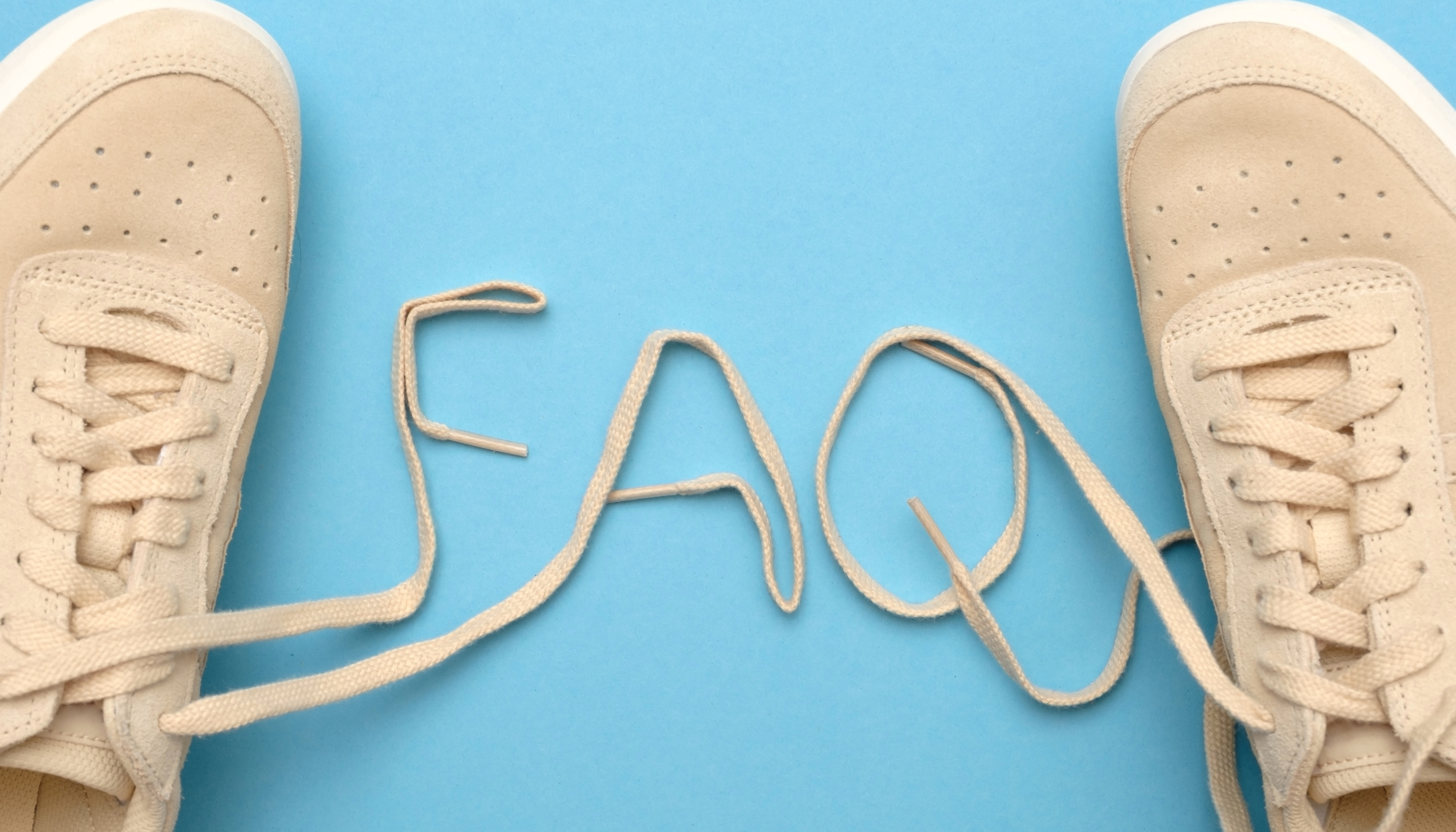
FAQs
What is athleisure?
Athleisure refers to athletic sportswear and apparel that is designed to be versatile enough to wear both for exercising and for casual everyday use. The term combines “athletic” and “leisurewear” to describe the hybrid category that mixes technical performance features with functional day-to-day style.
What types of clothes are considered athleisure wear?
Common athleisure apparel and gear includes:
– Leggings
– Sports bras
– Tank tops
– Joggers
– Biker shorts
– Sweatshirts and hoodies
– Sneakers/trainers
– Yoga pants
– Stretchy tees
Lightweight, breathable and sweat-wicking fabrics that allow a full range of movement dominate the athleisure market. The clothes walk the line between activewear and streetwear, suitable for both the gym or running errands.
How is athleisure different from regular gym/workout wear?
While traditional athletic wear prioritizes sport-specific performance features, it often lacks stylistic versatility to seamlessly transition into casual settings. Athleisure aims to bridge this gap.
Athleisure gear incorporates design elements like fashionable cuts, colors, prints and details to make pieces attractive outside the gym. The clothes allow you to move effortlessly from a SoulCycle class to brunch with friends without looking out of place in either scenario.
Who wears athleisure?
In the past, activewear was stereotyped as gear solely for gym rats and hardcore athletes. But today, athleisure has entered mainstream fashion, worn by people across genders, ages, sizes and lifestyles.
From busy moms to professionals, students to retirees, everyone can appreciate athleisure for delivering comfort, self-expression and practicality in a hectic world.
Where and when can someone wear athleisure gear?
The beauty of athleisure lies in its flexibility to adapt to varied settings. You can wear pieces like yoga pants, sneakers, and hoodies while:
– Working out or playing sports
– Running errands or doing chores
– Traveling by car, train or plane
– Lounging at home and sleeping
– Going out with friends
– Attending casual social daytime/evening events
Modern society’s relaxed dress codes expand possibilities for styling athleisure nearly anywhere, from the supermarket to the nightclub. You can dress it up or down seamlessly.
What makes athleisure so popular?
Several cultural and consumer shifts have fueled athleisure’s rise as one of the most sought-after clothing categories today:
– Growing fitness culture and desire for active lifestyles
– Casualization of workplaces and dress codes
– Premiumization and fashion collabs making athleisure aspirational
– Increasingly busy, mobile lifestyles requiring versatile clothing
– Focus on comfort, flexibility and self-care through wellness
By tapping into these powerful dynamics, athleisure delivers on many modern consumer needs – the key to its industry success and staying power.
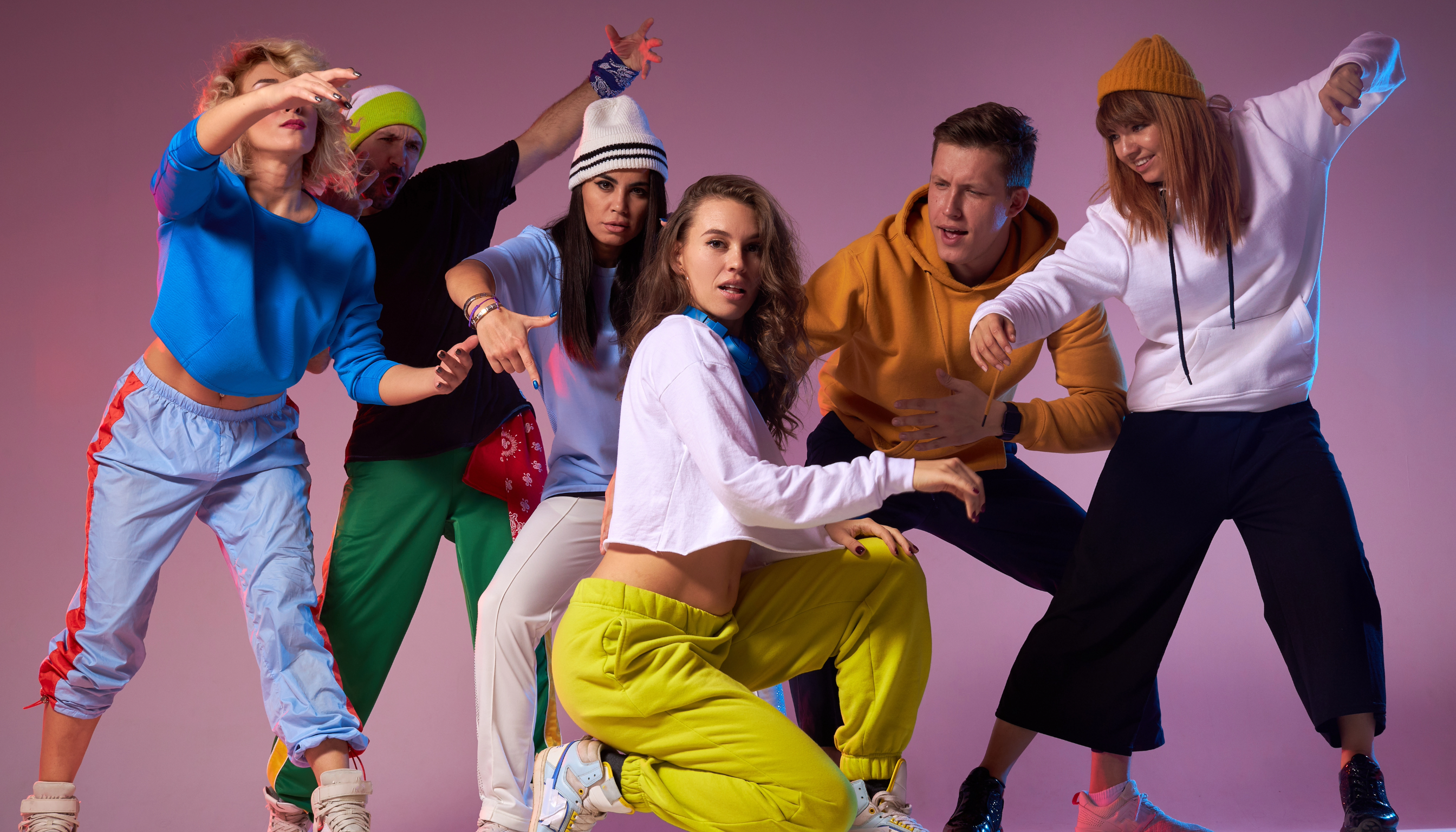
The Lasting Power of Athleisure
While all fashion trends experience eventual waning popularity, athleisure seems poised to stand the test of time. Unlike flimsy fast fashion fads, it fulfills fundamental human needs for comfort, self-expression, and functionality.
The fact that athleisure emerged from cultural lifestyle shifts rather than fleeting hype indicates it still has room to evolve. As health and wellness become further ingrained in society’s ethos, demand for flexible activewear-meets-leisurewear hybrids will only expand.
Additionally, innovations in both textile technology and inclusive design open new possibilities in the space. Performance features will improve while aesthetics cater to diverse preferences and bodies.
At its core, athleisure does more than offer a stylistic fix for the gym and street. It liberates people to move freely and comfortably wherever their day takes them. This freedom of both fashion and function makes athleisure far more than just an ephemeral trend but rather a revolution in how the world dresses.
So while athleisure may shift forms over the years, its spirit empowers modern life in a way that will never fade from relevance. Ultimately, its staying power arises from the universal human quest to harmonize beauty, creativity, and self-care.

